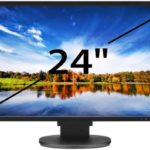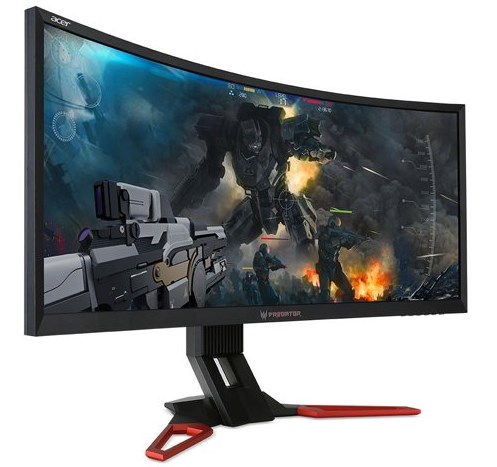What parameters should you use to choose a monitor?
Today we help you choose a monitor and not get lost in the sea of models, designs, and characteristics. So, let's get started and find out what your choice should be.
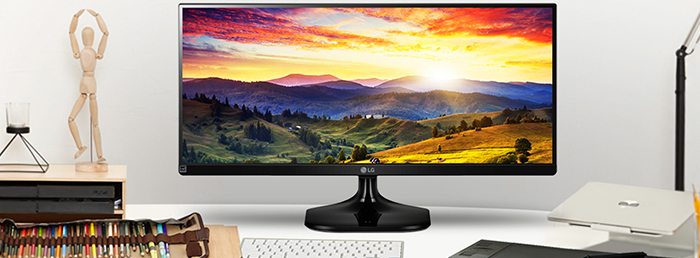
The content of the article
Main settings
- Diagonal monitor. Size in inches (1 inch - 2.5 cm) A characteristic that affects comfort and ease of use. The larger the diagonal, the more convenient it is to work with tables, graphics, and texts. But they impose certain requirements on the video card and are more expensive. As the users themselves say, a diagonal of 18" is small, 19–22" is the norm, 23" and above is large and wow.
IMPORTANT. Experts advise taking a model from 24" - it’s convenient to work on them, watch a movie, or play. The monitor has a long service life - so why limit yourself to this time?
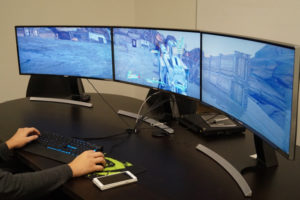 Design. This is one of the parameters that attracts the eye, but which is not worth attention. The cooler the design, the worse the user characteristics and the higher the price. The proverb about checkers or go is relevant.
Design. This is one of the parameters that attracts the eye, but which is not worth attention. The cooler the design, the worse the user characteristics and the higher the price. The proverb about checkers or go is relevant.- Permission screen proportions. Modern monitors are made for most games, films, programs - they are narrow and wide. Format 16:9, 16:10. Resolution standard HD - 1366x768, FullHD - 1920x1080, WQHD -2560x1440, UltraHD - 3840x2160. Depending on your needs, choose a monitor with a resolution - from small HD to large, huge with WQHD, UltraHD.
- Grain. Determines the quality of the image - the larger, the clearer the font, but the image floats; the lower, the opposite - the image is clearer, more realistic, but it is difficult to work with small font.Modern monitors use a scaling program that partially eliminates this problem.
IMPORTANT. If you have vision problems, then you should not take screens with fine or medium grain - it is not comfortable to work with text. Scaling will not completely solve the problem - the picture will float due to adjustments.
- Corner review. The problem with modern devices is that if you deviate from the screen at a certain angle, the image becomes distorted. There is also some curvature of the picture in the corners. It practically does not appear in devices with a viewing angle of 160 * vertically, 170 * horizontally.
- Unevenness backlight. The disease of old models and ultra-thin screens. In expensive models it is visible if you conduct a test. Life doesn't spoil.
Secondary selection criteria
Other undoubtedly important, but not critical parameters:
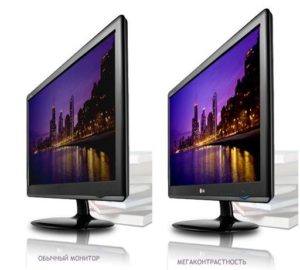 Built-in stereo speakers - a convenient device, but it cannot fully replace the speakers. The sound is more suitable for games than for movies.
Built-in stereo speakers - a convenient device, but it cannot fully replace the speakers. The sound is more suitable for games than for movies.- Inputs. The universal and most popular HDMI input is for transmitting video and sound in good digital quality (much better than via VGA). DVI is an interface for transmitting video signals, but without sound.
- Three-dimensional graphic arts. Monitors that allow you to plunge into virtual reality. Good for new movies, games.
It is worth taking the choice of a monitor seriously, because this is an important part of the computer that costs money and cannot be upgraded - only buy a new one.

